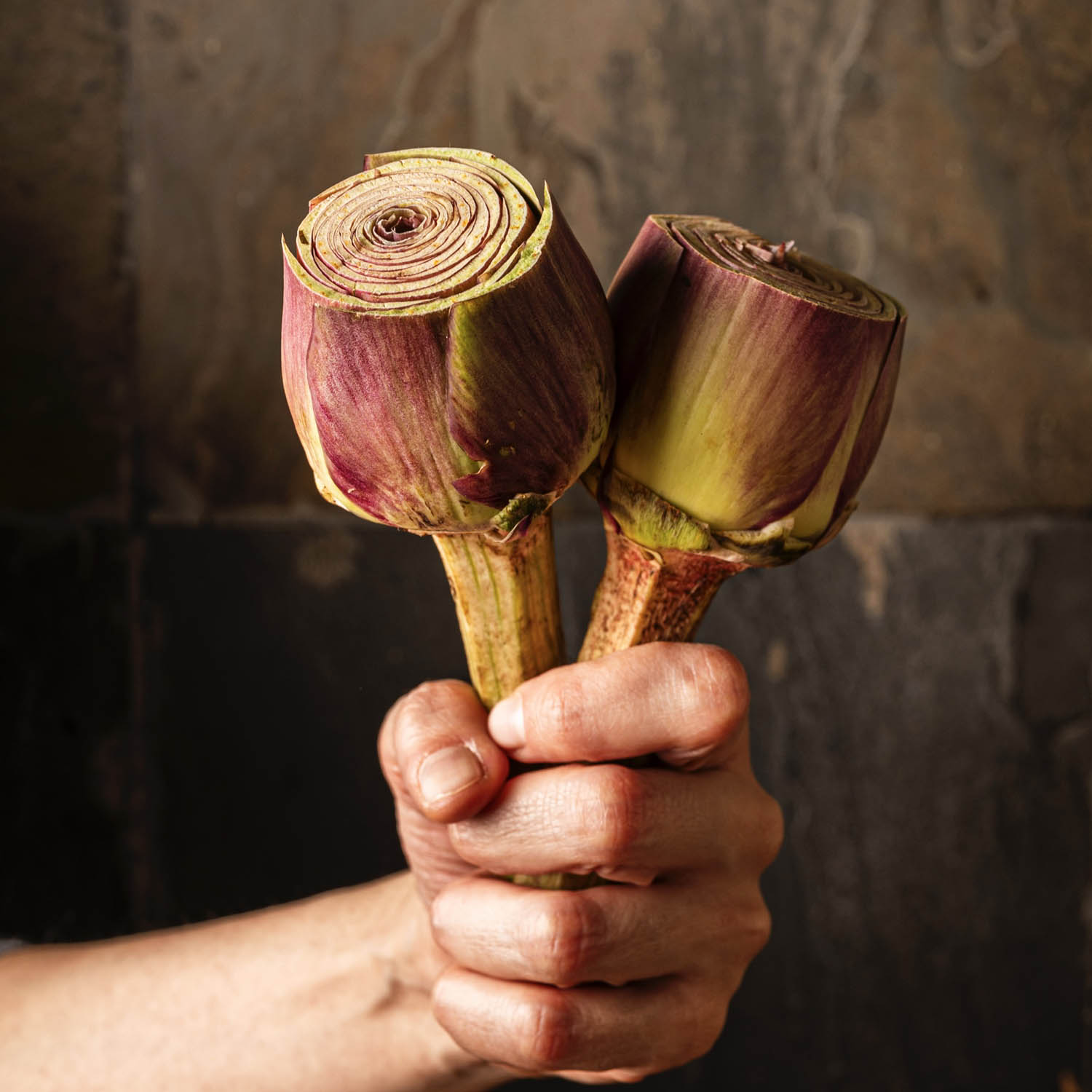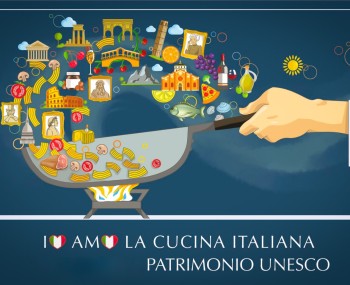Artichokes are one of the symbols of Roman cuisine, appreciated for centuries and representative of the capital's gastronomic tradition. Although people talk about “carciofi alla giudìa” and “carciofi alla romana”, many confuse the two dishes, believing that they are the same thing. In reality, the differences between the two are obvious, not only in the method of preparation, but also in the flavors and history that accompany them. This was made clear by the Michelin Guide itself in this article: we tell you its tips for enjoying both.
Cover photo: Hosteria Grappolo d'Oro's artichokes
The Roman artichoke: a delicacy from Lazio
Let's start with the basics: both dishes, both alla giudìa and alla romana, are made with the well-known Carciofo Romanesco del Lazio IGP, or “mammola”. This variety, with a diameter of more than 10 cm and without thorns, is particularly tender and rich in flavor. It is harvested mainly between March and April and is one of Lazio's excellent horticultural products, particularly appreciated in the capital.
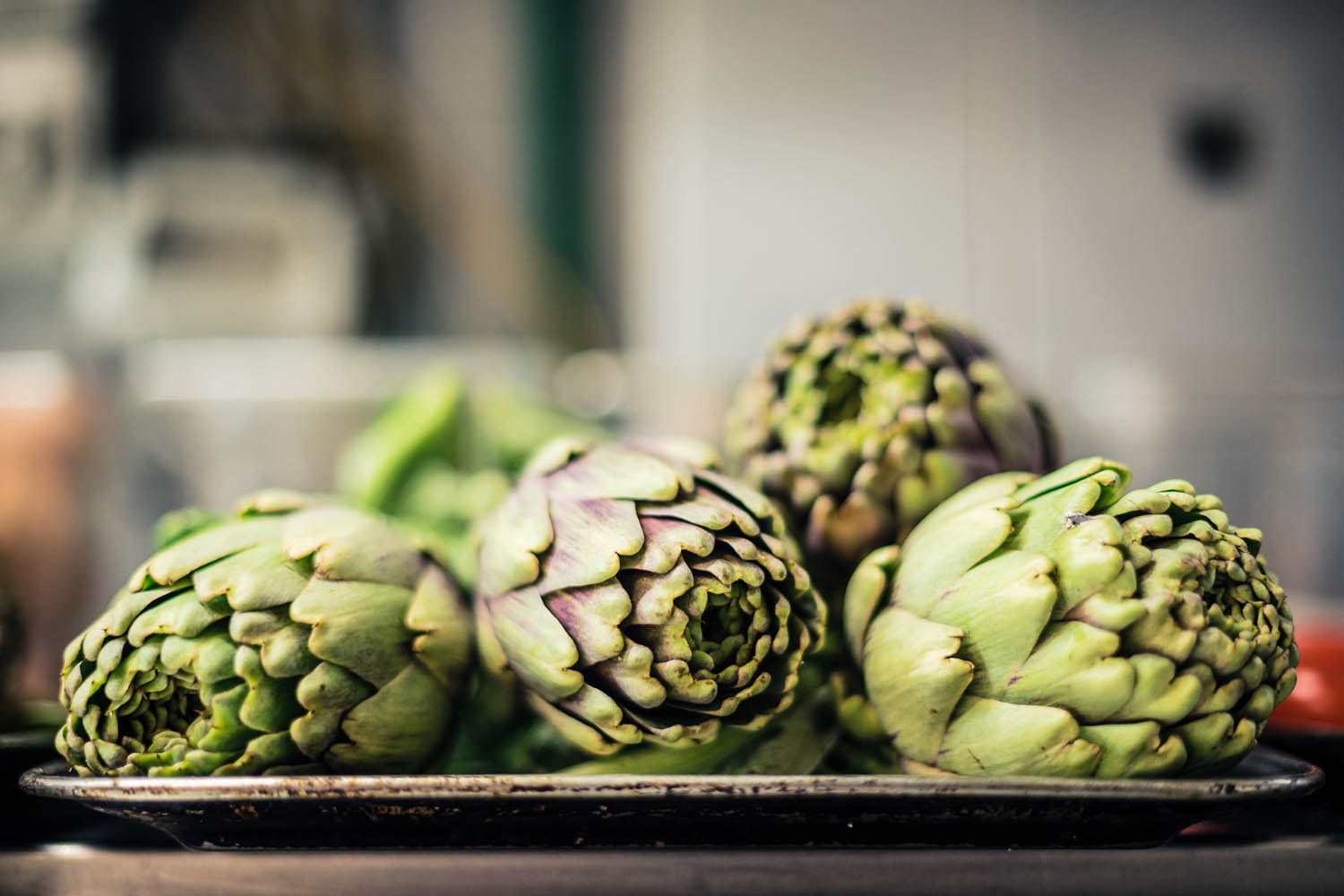
Artichokes alla giudìa, tradition and celebration: the fried vegetable
Artichoke alla giudìa is a preparation that dates back to the 16th century and originated in Jewish-Romanesque cuisine. During Passover, artichokes were prepared as a rich dish, a symbol of abundance thanks to the use of olive oil. The recipe calls for artichokes to be cleaned, soaked in water and lemon to prevent them from darkening, then carefully dried. Once handled with an expert hand to open them like a flower, they are fried whole, allowed to cool, and fried a second time to achieve a perfect crispness.
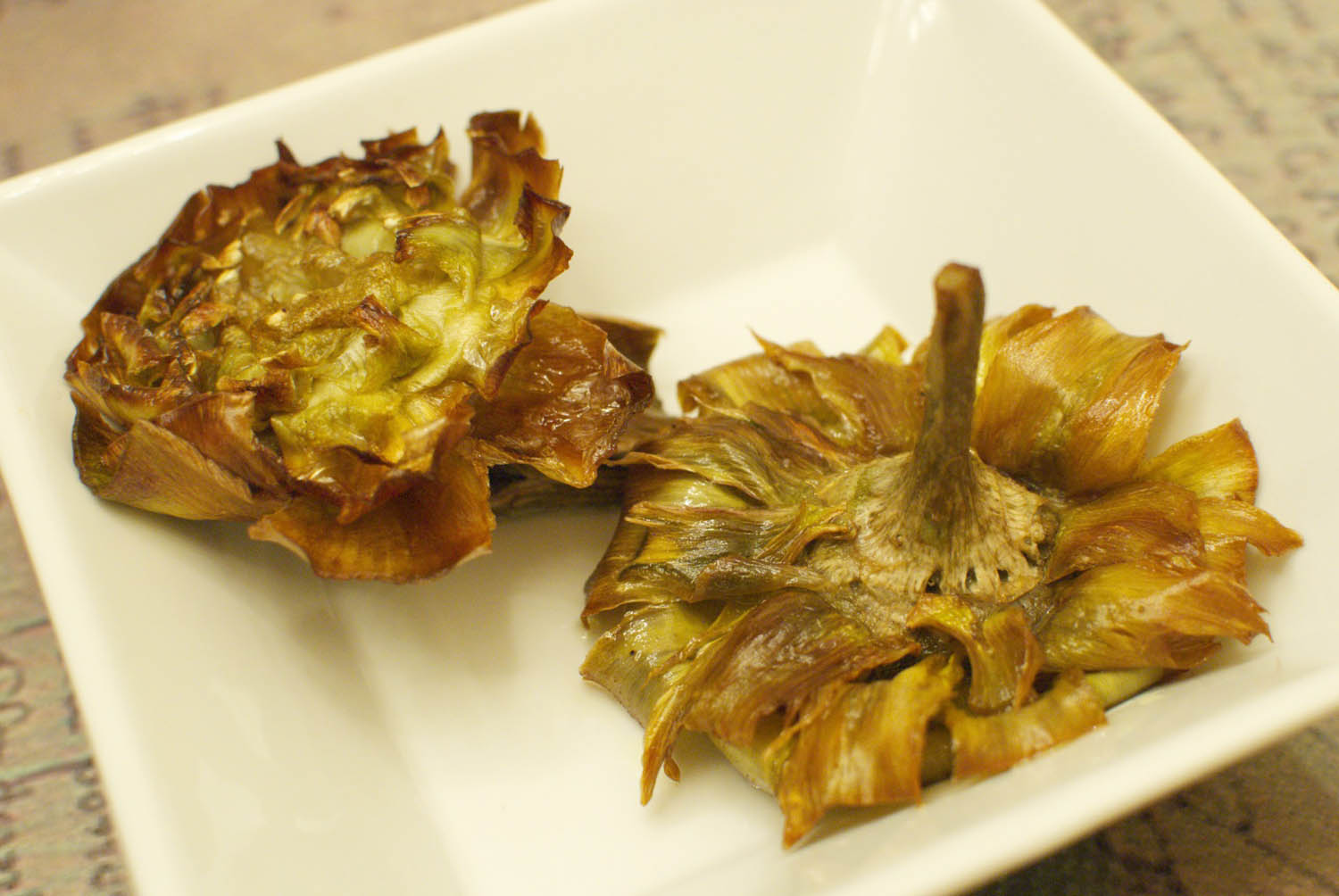
Artichokes alla romana: a simpler version in the pan, but just as tasty
Artichoke alla romana, on the other hand, began as a peasant dish, simpler but rich in flavor. The artichokes are carefully cleaned, especially in the heart, to make room for the seasoning made from mint, parsley, garlic, oil, salt and pepper. Then they are cooked slowly in a pan with white wine and a little water. This dish, while considered less “sumptuous” than the alla giudìa version, is just as delicious and deeply connected to the Roman peasant tradition.
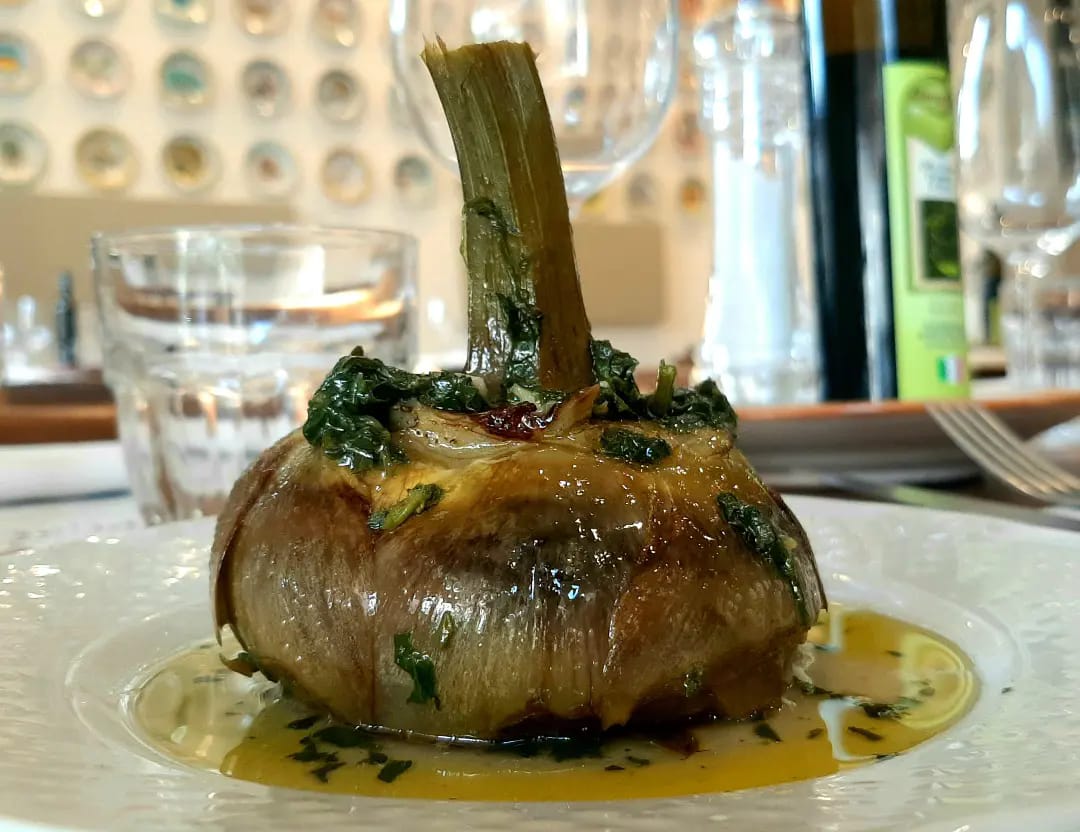
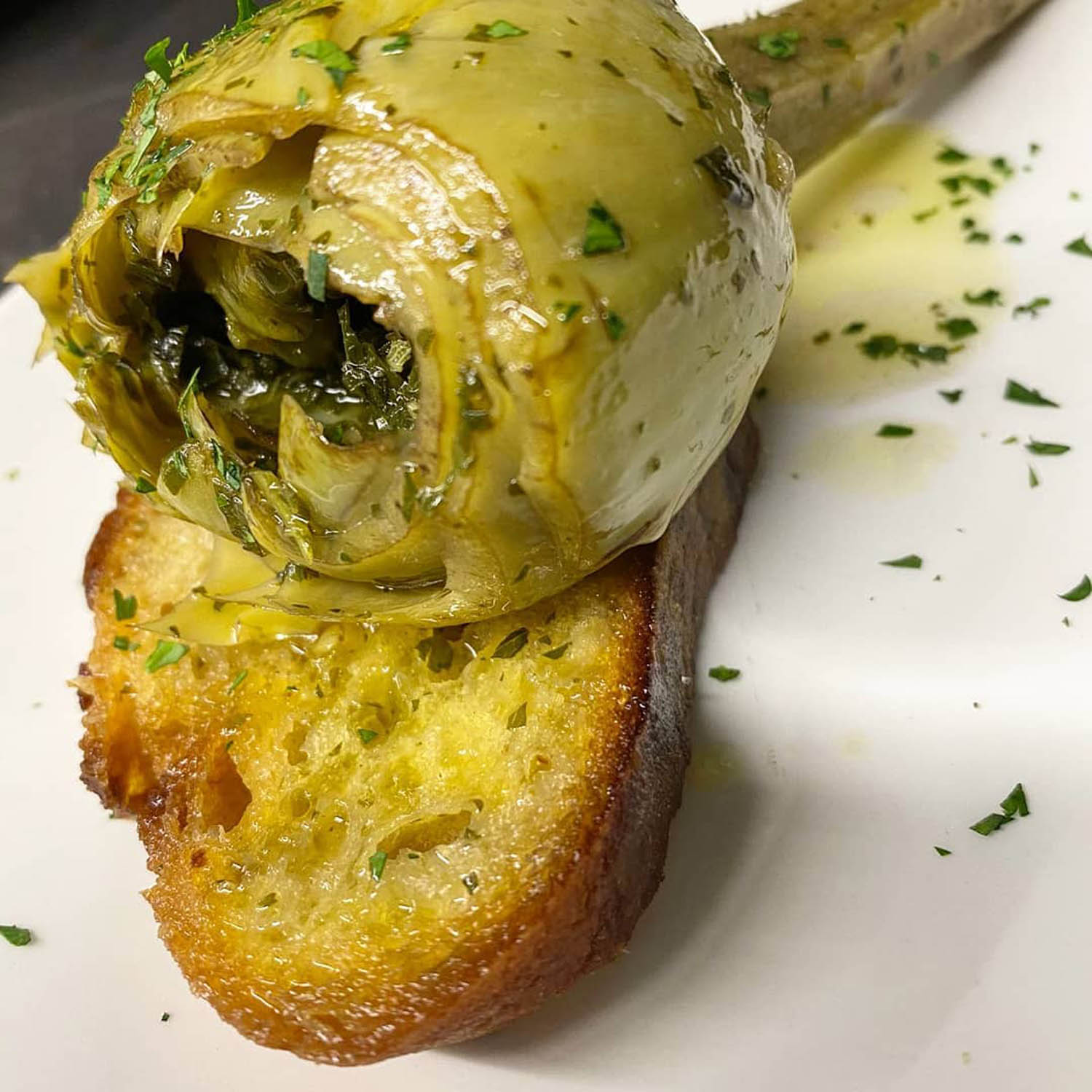

Where to taste them in Rome
If you are in Rome and want to taste artichokes in their most authentic version, there are some restaurants you cannot miss. As Michelin indicates, Hosteria Grappolo d'Oro, Romanè, Armando al Pantheon and Poldo e Gianna Osteria offer both preparations, cooked with fresh ingredients and a love of tradition. Each restaurant has its own interpretation, but what they have in common is a passion for authentic Roman cuisine.
